Heidi Rice's Just Like in the Movies is a delightful romantic comedy that intertwines the magic of classic cinema with the complexities of real-life relationships. Set against the backdrop of an independent cinema in Notting Hill, the story revolves around Ruby Graham, a passionate film lover who finds herself at a crossroads after the death of her mentor and father-figure, Matty Devlin. The narrative is rich with themes of nostalgia, the importance of legacy, and the transformative power of love, all while cleverly nodding to iconic films like The Wizard of Oz.
From the outset, Ruby's character is vividly drawn. She is a dreamer, someone who longs for the kind of happiness and adventure that classic films promise. Her whimsical view of life is encapsulated in her desire to live in a world where “danger is defeated by friendship,” and where dreams are painted in “glowing Technicolor.” This longing for a cinematic life makes her relatable to anyone who has ever wished for a bit of magic in their own existence. Ruby's passion for cinema is not just a hobby; it is her lifeline, a way to connect with Matty's legacy and keep his memory alive. The independent cinema, The Royale, is not merely a business for her; it is a sanctuary where she can escape the harsh realities of life.
Enter Luke Devlin, Matty's nephew, who is the antithesis of Ruby's idealistic worldview. Described as “bad-tempered” and “cynical,” Luke is a Manhattan property developer with little interest in the world of film or the legacy of his uncle. His character serves as a foil to Ruby, representing the harsh realities of adulthood and the burdens of familial expectations. The tension between Ruby's romanticized view of life and Luke's pragmatic approach creates a compelling dynamic that drives the narrative forward. As the two characters are forced to confront their differences, the reader is taken on a journey that explores themes of grief, responsibility, and the possibility of love.
Rice's writing is both engaging and witty, filled with clever dialogue that captures the essence of her characters. The banter between Ruby and Luke is particularly enjoyable, as it highlights their contrasting perspectives while also hinting at the underlying chemistry that simmers beneath the surface. The author skillfully balances humor with poignant moments, allowing readers to connect with the characters on a deeper level. For instance, Ruby's reflections on her relationship with Matty and her fears about losing The Royale evoke a sense of vulnerability that resonates throughout the story.
As the plot unfolds, the stakes rise for Ruby and Luke. The fate of The Royale hangs in the balance, and with it, Ruby's dreams of preserving Matty's legacy. This conflict serves as a catalyst for character development, pushing both Ruby and Luke to confront their fears and desires. Ruby must learn to navigate the complexities of adulthood and accept that not everything can be as perfect as the movies she adores. Meanwhile, Luke is forced to confront his own past and the weight of his family's legacy, ultimately leading him to reevaluate his priorities.
The theme of legacy is central to the narrative, as both Ruby and Luke grapple with what it means to honor the memory of someone they loved. For Ruby, The Royale represents a connection to Matty and the dreams they shared. For Luke, it is a reminder of the expectations placed upon him by his family and the world of Hollywood that he wishes to distance himself from. Rice deftly explores how these legacies shape their identities and influence their choices, making the story not just a romantic comedy but also a poignant exploration of personal growth.
Moreover, the setting of Notting Hill adds an enchanting layer to the story. The vibrant atmosphere of the independent cinema, with its rich history and eclectic clientele, serves as a character in its own right. Rice's vivid descriptions transport readers to this charming locale, making them feel as though they are part of the narrative. The cinema becomes a symbol of hope and resilience, a place where dreams can flourish even in the face of adversity.
In terms of pacing, Rice maintains a steady rhythm that keeps readers engaged. The plot twists and turns, much like a classic film, leading to an unexpected yet satisfying conclusion. The resolution of Ruby and Luke's relationship is both heartwarming and realistic, capturing the essence of what it means to find love in the midst of chaos. The ending is reminiscent of the feel-good finales of the films Ruby adores, leaving readers with a sense of hope and fulfillment.
In comparison to other contemporary romantic comedies, Just Like in the Movies stands out for its unique blend of nostalgia and modernity. While many authors explore themes of love and self-discovery, Rice's incorporation of classic cinema adds a refreshing twist that sets her work apart. Readers who enjoy the works of authors like Sophie Kinsella or Christina Lauren will find much to love in Rice's storytelling style, characterized by its humor, heart, and relatable characters.
Overall, Just Like in the Movies is a charming and heartfelt tale that celebrates the magic of cinema while exploring the complexities of love and legacy. Heidi Rice has crafted a story that resonates with anyone who has ever dreamed of a life filled with adventure and romance. With its engaging characters, witty dialogue, and poignant themes, this novel is sure to captivate readers and leave them with a renewed appreciation for the beauty of both film and real life.





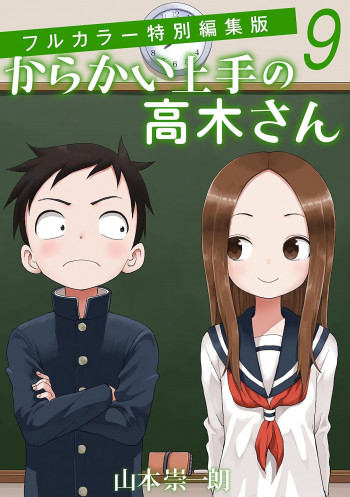
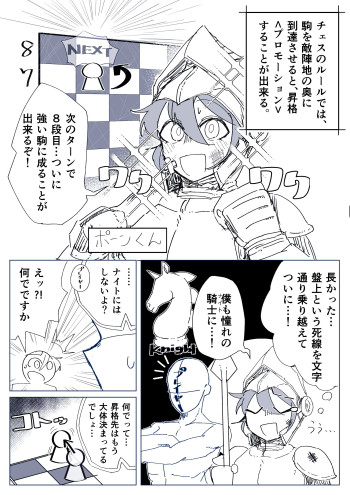
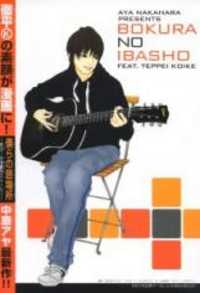

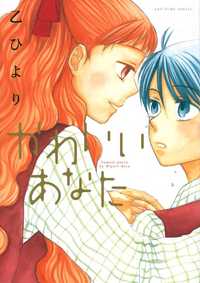
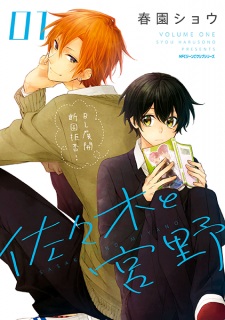

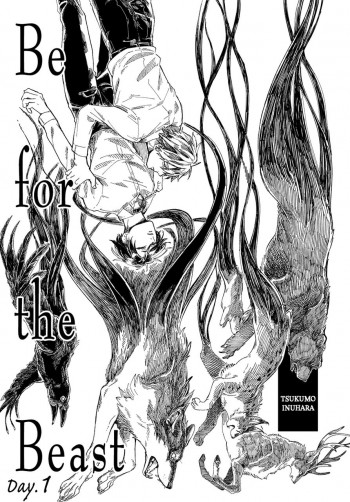











Reviews 0
Post a Reviews: